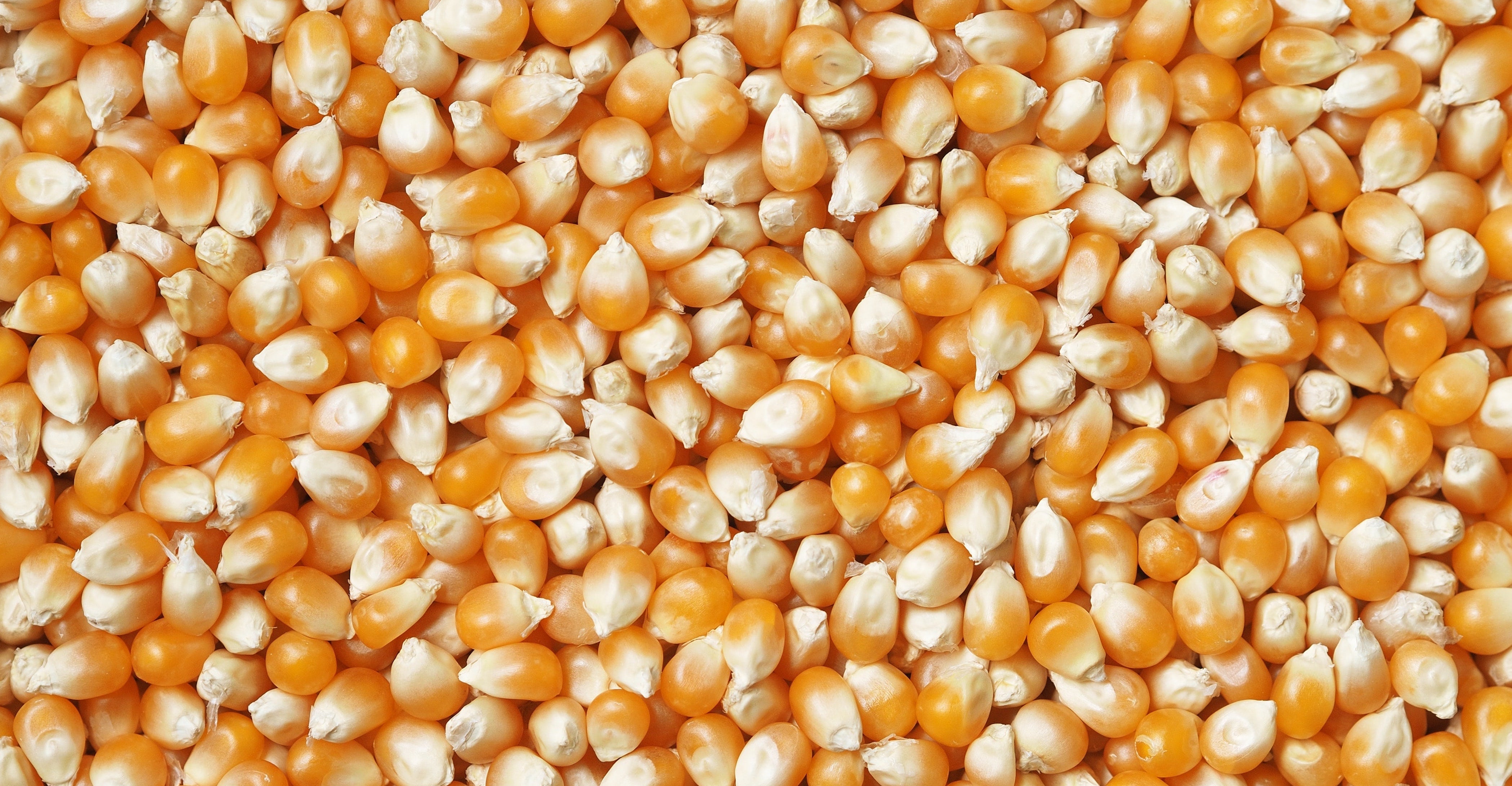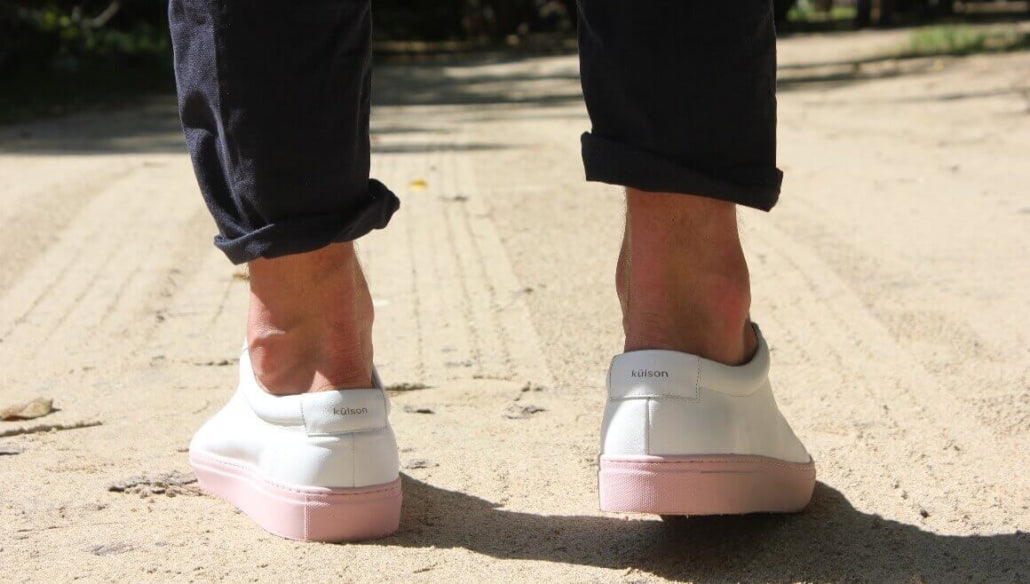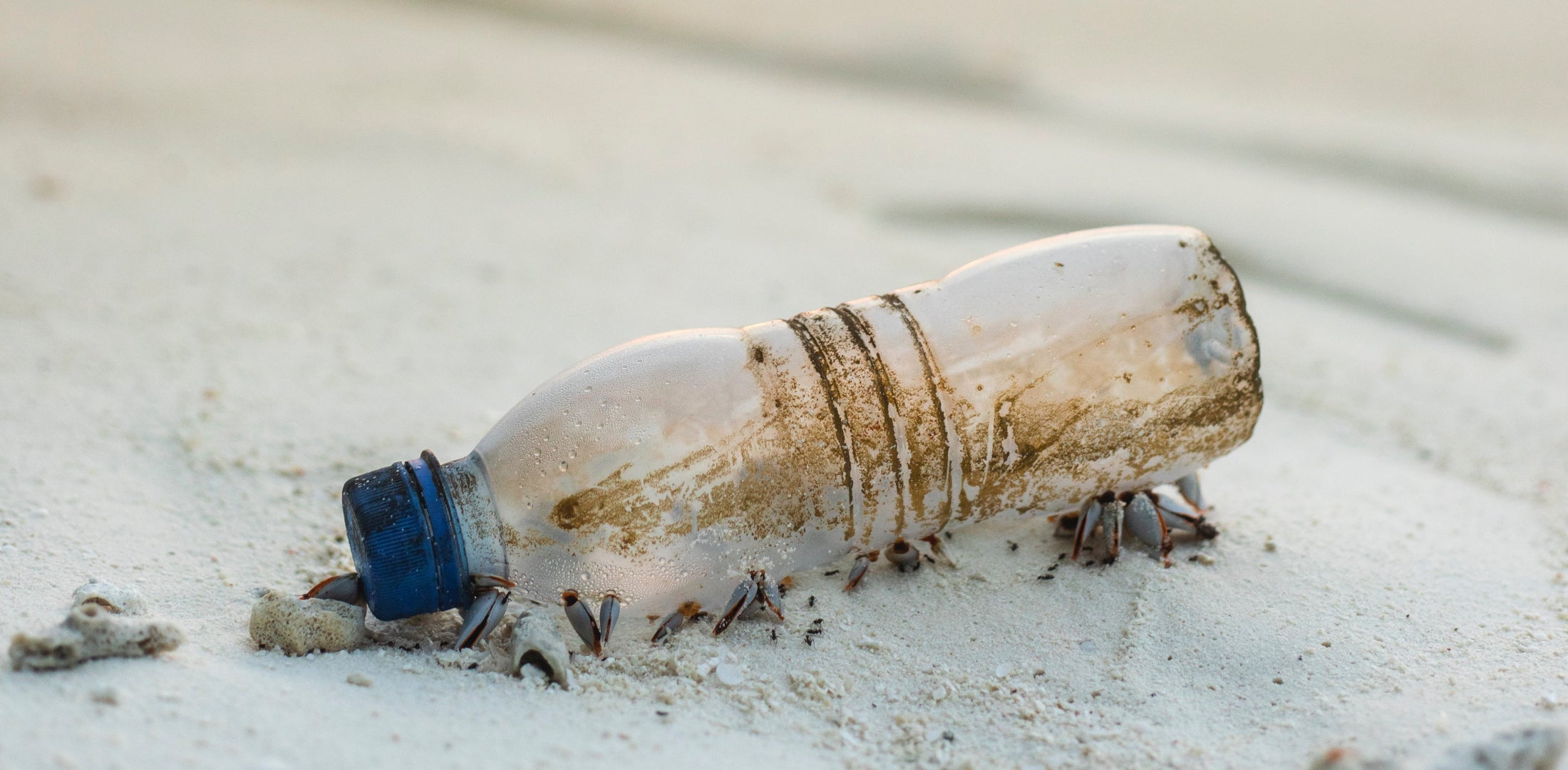
A sneaker revolution made from corn leather
We have reissued our favorite sneaker in white, the Kūlson One , and created the best sneaker that has ever left our halls. We've put everything we've learned from experience and your feedback over the last few years into this sneaker. The upper material is simply incredibly soft and comfortable on the foot and yet the shoe looks as elegant and noble as you are used to. It's finally the soft shoe you take with you on a long trip when only one pair fits in your suitcase.
But the best thing about it is that it is made of completely vegan corn leather. This may sound a bit strange at first, but it is nothing but a great innovation in the world of ecological leather alternatives. Corn leather looks exactly like conventional natural leather and feels exactly the same, except that it is significantly softer and therefore much more comfortable to wear. Artificial leather is nothing new, but unfortunately it is usually made of plastic. Since we remove plastic from the oceans with every shoe we sell, you can imagine that we would now have a hard time putting new plastic into circulation. Our corn leather is fundamentally different from conventional imitation leather and that is our reason for joy.
The corn leather we used in this sneaker is the most sustainable alternative material to natural leather on the market. It is PETA certified, naturally cruelty-free and derived from renewable sources .

Until recently, vegan leather was mostly made from PU or PVC. The most commonly used materials for these faux leathers are polyvinyl chloride (PVC) and polyurethane (PU). Both are made from fossil fuels and release ash, nitrogen and carbon into the atmosphere when burned. Additionally, both materials require hundreds of years to biodegrade. So it seems that this “leather” has a negative impact on the environment, even though it does not come directly from animals. However, thanks to the remarkable advances in this field, there are now dozens of ways to create sustainable fabrics that resemble real leather and have a much lower impact on the environment.
We are talking about fabrics made from natural raw materials such as wood, grain, corn and organic cotton in industrial plants equipped with water purification systems and powered by green energy. In contrast to artificial leather of fossil origin, these materials have no plastic components and are made from raw materials of plant origin. It would therefore be wrong to equate vegan leather with artificial leather, which has the reputation of actually being plastic. Thanks to recent innovations, it is now possible to make vegan leather from apples, corn, cacti, mushrooms and many other sustainable materials.
Among the many materials that vegan leather can be made from, we at Kulson have chosen corn. Corn leather differs from its fossil alternatives because of its bio-based components, which are derived from plant resources. The bio-polyols obtained are then combined in a highly technical manufacturing process with a small proportion of textiles of natural origin and a proportion of recycled material , creating this great “corn leather” product. Thanks to the use of innovative manufacturing techniques, the environmental impact of the production process is greatly reduced and the result is a material with significant properties in terms of durability and comfort.
In fact, this leather is made from non-food corn, which is treated after harvest to separate starch and sugar from the fibers. At the end of the treatment, all corn kernels are converted into bio-polyols, which are essential microparticles for the production of bio-polyurethane. It is an ecological and high-performance material with similar technical properties as its more environmentally harmful brother. The production technology specially developed for this corn leather uses biologically derived raw materials that radically reduce the environmental impact compared to traditional raw materials. The most interesting thing is that the synthesis process of this corn leather consumes more CO2 than is produced, even creating a “sequestration” of carbon dioxide.

With this corn leather we have finally found the leather alternative we have been looking for for so long and we are sure that when you hold this shoe in your hands, you will be as excited about it as we are.
If you have any questions about the material or the production method, please feel free to contact us at any time.


